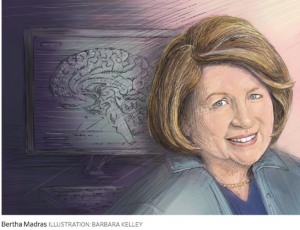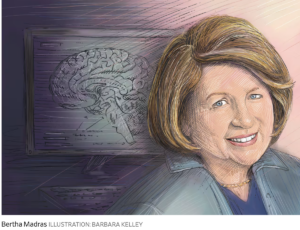
When I was a little boy, I thought my mother might be addicted to our home phone. She spent a lot of time on the phone, talking to people from our church who needed someone to listen to their problems. She wasn’t really addicted to the phone, just to helping people, but to a little boy who wanted her attention, it seemed like the same thing.
Are you addicted to your phone? Your cell phone, I mean. If you pull out your phone in the presence of others to avoid conversation; if you get nervous when you haven’t checked your emails or scrolled through your social media platforms in the last hour; if you’d rather read your phone than read a book – you may have a problem.
Gregory Jantz, Ph.D. is the founder and director of the mental health clinic, The Center: A Place of Hope in Edmonds, Washington. He writes in The Epoch Times about a very familiar scene: You’re dining out at your favorite restaurant, and you look around the room to see most of the people at other tables sitting in silence, scrolling through their cell phones. (I’ve had this very same experience many times!) Or you notice drivers cruising down the highway at high speed while tapping their phone screen – Yikes! Or you pass a bus stop with a dozen kids who aren’t talking or joking together, but instead quietly and individually staring at their phones. That’s just not normal!
He tells of recently attending a Seattle Mariners baseball game and finding himself surrounded by row after row of people whose heads were bowed – not in prayer, but for incessantly scrolling through pages on their phones. “Why pay high ticket prices to look at your phone instead of looking at the action on the field?” he asks.
Phone Addiction Science
Phone addiction refers to an unhealthy and compulsive dependence on mobile devices, similar to behavioral addictions such as gambling or shopping. Though it has not yet found its way into the Diagnostic and Statistical Manual of Mental Disorders, many experts consider it a form of addiction due to its patterns of compulsive use and its negative effects on mental, physical, and emotional health.
Phone addiction is not solely about excessive usage. Another sign of it is the inability to control how much time is spent on the device. Modern smartphones are designed to be addictive, with apps and social media platforms employing psychological tactics to keep users engaged for extended periods.
Dr. Jantz and his team of therapists have noticed a consistent pattern in people with phone addiction. When clients must give up their cell phones during extended treatment, by the next day most begin to exhibit classic signs of physical withdrawal from an addictive substance. Almost all become irritable and agitated, sometimes developing sweaty palms and an elevated heart rate. Their bodies are responding to the loss of connection via their devices in ways remarkably similar to people who quit drugs or alcohol “cold turkey.”
The neuroscience of phone addiction reveals that our brains are wired to seek out novelty and instant gratification – two things that smartphones provide in abundance. Every time we receive a notification or scroll through a social media feed, our brain releases dopamine, a neurotransmitter associated with pleasure and reward. This chemical reward system strengthens our compulsion to keep using the phone, even when we know it’s distracting us from important tasks or affecting our relationships. We can reach a dopamine dependency, as the regular release of this feel-good brain chemical reinforces the need to check the phone continually.
(Note: For more on phone addiction, see Part II of this series next time.)



